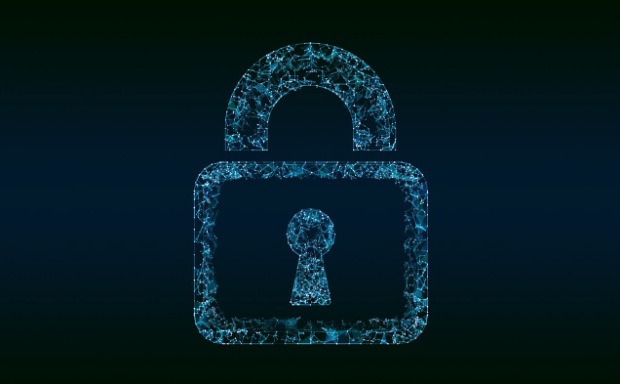Data has become both a treasure and a target in today’s corporate landscape. Every connection, device, and user poses a potential gateway to sensitive information. Yet, many organizations still rely on outdated “trust but verify” models that crumble under modern cyber threats. Blind trust in any network user — internal or external — is no longer sustainable.
Enter Zero-Trust Networking, a mindset that replaces confidence with confirmation. While unpredictability can be fun in entertainment experiences — you can read more about that— it has no place in cybersecurity. Every request, device, and user must prove legitimacy before gaining access. The principle is simple: never trust, always verify.
By treating every interaction as untrusted until proven otherwise, Zero Trust turns the network from a potential liability into a resilient and controlled environment.
3 Pillars of Zero-Trust Networking
Before implementing Zero Trust, it’s crucial to grasp its three main pillars. These elements form the foundation for a network architecture where every access request undergoes authentication, authorization, and continuous validation.
| Pillar | Description | Goal |
| User Verification | Every user, regardless of position or device, must be authenticated before accessing any resource. | Prevent unauthorized access through identity-based controls. |
| Least-Privilege Access | Users and applications receive only the minimum level of access required for their role or function. | Minimize potential damage in case of a breach. |
| Continuous Monitoring | System activity is analyzed in real time to detect unusual patterns and anomalies. | Respond rapidly to threats and adapt security measures dynamically. |
These pillars work together to ensure that every movement within a network is monitored and validated. Instead of reacting after an attack, Zero Trust continuously anticipates and neutralizes risks before they escalate.
Top 5 Business Advantages
Zero-Trust Networking is not merely a security enhancement; it’s a competitive advantage. Here are the top benefits for enterprises that adopt this framework.
1. Stronger Protection Against Insider Threats
Most breaches originate from within — sometimes by mistake, other times by intent. Zero Trust eliminates blind spots by enforcing strict identity and access controls, even for employees and contractors.
2. Improved Compliance Readiness
Regulations such as GDPR and HIPAA demand airtight data protection. Zero Trust provides verifiable access logs and continuous monitoring, which simplifies compliance audits and reduces legal exposure.
3. Simplified Cloud Security
As businesses migrate to multi-cloud environments, Zero Trust ensures consistent protection across platforms. Whether data resides on-premises or in the cloud, the same rules and verifications apply.
4. Reduced Attack Surface
By enforcing least-privilege access, you limit what attackers can reach, even if they infiltrate part of your system. This dramatically lowers the potential impact of any breach.
5. Increased Business Resilience
Zero Trust creates an environment where security supports growth. It enables teams to adopt new technologies with confidence, and every layer of connection remains secure.
Implementation Roadmap
Transitioning to Zero Trust requires a methodical approach. Instead of an overnight change, it unfolds through structured phases that align security goals with business operations.
Before starting, assess your existing infrastructure and data flows to identify vulnerable touchpoints. Then, use a roadmap like this:
- Identify sensitive data and assets: Map out what needs the highest level of protection.
- Define access policies: Create clear rules for who can access what, under what circumstances.
- Authenticate every user and device: Deploy MFA, identity verification tools, and endpoint checks.
- Segment networks: Divide your network into zones to prevent lateral movement during attacks.
- Monitor continuously: Use behavioral analytics and real-time alerts to maintain situational awareness.
This approach ensures each layer of your organization adapts to Zero Trust progressively, without disrupting essential workflows.

Risks & Misconceptions
A common misconception is that Zero Trust implies total isolation or mistrust of all employees. In reality, it’s about verifying identity and context rather than denying trust entirely. Another risk lies in treating Zero Trust as a one-time setup rather than a living strategy. Without ongoing maintenance and monitoring, its effectiveness fades over time.
Some organizations also underestimate the initial complexity. Integrating Zero Trust with legacy systems may require temporary infrastructure changes, but the long-term payoff — in reduced breaches and stronger compliance — is substantial.
The Power of Zero-Trust
Zero-Trust Networking is a fundamental shift in digital security. By replacing assumptions of safety with continuous verification, enterprises transition from reactive to proactive protection. In a connected world, it ensures that every user, device, and data packet is continuously verified. Businesses that adopt this approach today will secure their future.

